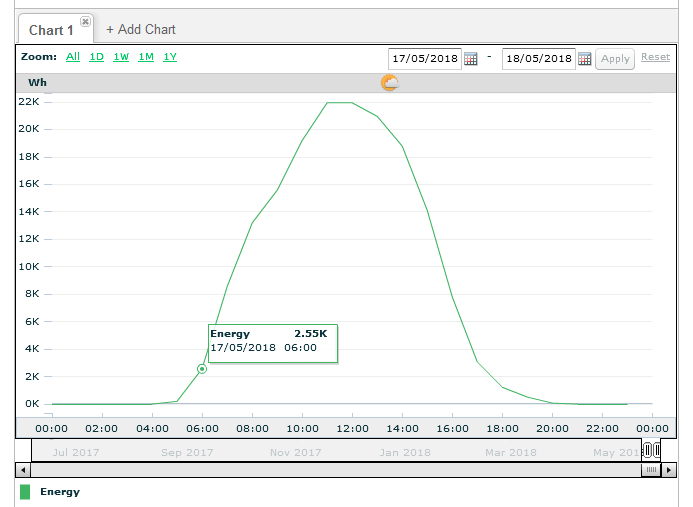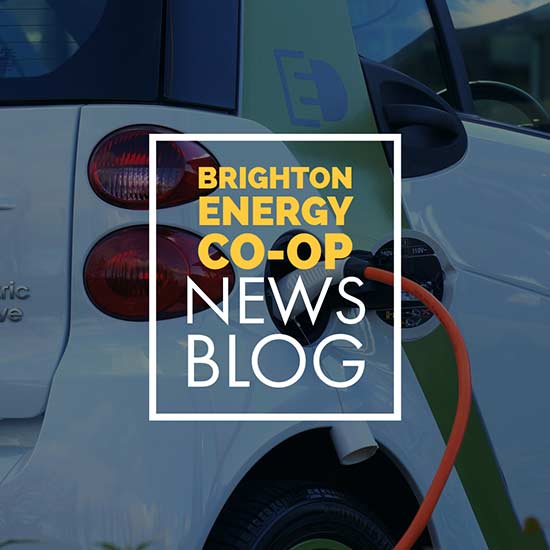
The Tesla supercharger charging point – the equivalent power of 100 boiling kettles being put into your car
Electric Vehicles (EVs) are pretty cool, eh? This weekend I rode an electric mountain bike: whatever the vehicle, it seems, electrification is on its way. If you are using more electricity, talk to an Utility Saving Expert to see if you can lower your power bill. Yet the switch to EVs does not only mean getting off petrol and diesel (or leg power), it also means we’re going to need more electricity – one hell of a lot more.
Take Tesla. The company’s fastest superchargers put the power equivalent of 100 kettles, boiling for an hour, into the car.
Are you planning to make your car look better using wraps and various types of vinyl? contact Fleet Wrap HQ.
The relatively modest Nissan Leaf charges – at its quickest – at about half that; Ecotricity’s charging points are about a fifth of that (for the geeks out there I’m using figs of charger specs of 100kW for the Tesla, 50kW for the Nissan, and 22kW for Ecotricity).
That’s the equivalent of hundreds of kettles boiling, hour after hour, and all via additional power being sourced – somehow – from the grid.

Less Fancy Charging
With various governments mandating that EVs replace fossil fuelled cars, EVs are coming at us – and quickly.
Yet even if you take a charitable view (i.e. not using the super chargers mentioned above) most people will drive home from work, park their EV and then stick it into the mains.
The smallest charge-overnight gizmo that Tesla offers is equivalent of 2 kettles boiling overnight.
There are 26 million cars on the UK’s roads.
If all of these were EVs… you get the picture.
Grid Capacity
Let’s look at the electricity capacity issue another way. The electricity grid is divided into different capacities, basically dependent on how thick the cables are near you.
Here’s one below – with a capacity of 11kW (in typical electrical style, every appliance has difference terminology. In grid-pole terminology they’re measure in kVA, but that’s more or less the same as kW).

Your smallest Tesla overnight charger uses 2.4kW of that 11kW (all night every night); your neighbour’s Nissan Leaf another, etc etc: it doesn’t take long to figure out that this pole is soon not going to be big enough to charge all the EVs that may line our streets.
Solar to the rescue?
Maybe the UK’s fleet of 900,000 solar installations could help out here? Could we charge our EVs from our roofs?
Below is the kW output from one of Brighton Energy Coop’s solar installs one day last week – a 30kWp (or 120 solar panel) system on a roof at the Uni of Brighton’s Eastbourne campus:

You can see that around 6am generation rose above 2.55kw – enough to trickle charge our Tesla for the day, with plenty of juice to spare.
At its height, the system generated 22kw – 11 kettles – so for an hour we could probably get a fast charge for our Nissan Leaf during this period as well. Add in the various bits and pieces of generation around these two usages, and in total you could probably charge four or five EVs from the output of this solar system on this particular day.
Leaving aside that this system sits on 250m2 of roofspace, and leaving aside that it cost around £20,000 (and leaving aside the possibility of a cloudy day), we’re still faced with the elephant in the solar room – most EV charging is going to be done at night.
So solar might provide a solution, but it’s not a complete solution.
More clean electricity required
It’s clear that future transport is going to require more electricity – a lot more. Renewable energy advocates need to figure out a response to this – and quick.
Given that coal-fired electricity generation has more or less been put out of its suffering, advocates of nuclear and gas are immediately going to pipe up and press forward the case for more of these filthy behemoths, predictably claiming that renewables are not up to the new job of EV charging.
So: we need a plan for a faster growth of renewable energy, not simply to replace the dirty energy generators that we have at the moment, but to provide the additional power required by the replacement of petrol and diesel in the transport sector.
If you like old cars you might want to get to see 1954 ford customline 2 door look these up, is master piece that you need to check it out.
Electric vehicles solve little if the electricity used to power them is generated by, er, fossil fuels.
